Dental procedures are a part of everyone’s oral health experience – whether it’s an x-ray at your six-month checkup, a professional teeth whitening session or even a complete smile makeover for those looking for cosmetic solutions to embarrassing dental issues. And if you’re one of the 30 million Americans in need of a tooth replacement, you may be weighing the merits of the myriad options to restore your mouth to good health and great looks. In that case, our information about dental procedures such as dental implants, dentures, veneers and dental bridges will be all the more valuable. From root canals to maxillofacial surgery, Top Dentists’ Dental Procedures hub will help you discern when you may be a good candidate for a certain procedure, answer the most commonly asked questions and provide you with as much information as possible before you undergo your preferred treatment.


Dental Bridges
A dental bridge is used to fill the space left by one or more missing teeth. The dental bridge consists of one or more “pontics” (false teeth) that are placed between two natural or implant teeth (known as abutment teeth). The bridge is attached to the abutment teeth by crowns. Learn about the three types of bridges, average cost and post-procedure care.
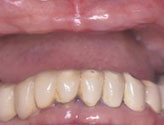
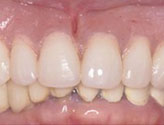
Dentures
If you’ve lost teeth to disease or injury, dentures or bridges are the best way to replace them. Here’s a quick look at false teeth.
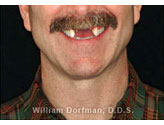
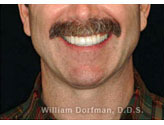
Crowns
A dental crown serves as a cover for a damaged tooth or as an anchor for a dental bridge.
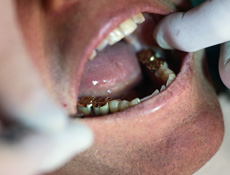
Fillings
Most dental fillings used for treating cavities today are similar in composition to those used in the period after the Civil War. However, new options such as tooth-colored fillings are becoming increasingly popular. Each material is installed using a slightly different process.
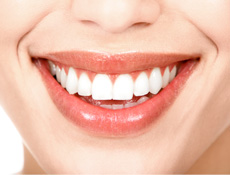
Full-Mouth Reconstruction
Full-mouth reconstruction, also known as full-mouth rehabilitation or full-mouth restoration, can give a patient functionality and an appearance they can be proud of. Find out what procedures are most commonly used, who is a good candidate and more.
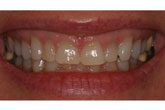
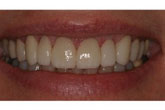
Gum Surgery & Contouring
The ADA recognizes oral surgery as a dental specialty that requires advanced post-graduate training. An oral and maxillofacial surgeon performs procedures to treat injuries, defects or diseases in a patient’s mouth, jaw, face, head and neck.
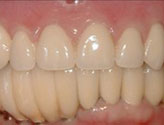
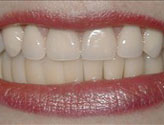
Dental Implants
Dental implants are a permanent solution to replace lost teeth. Dental implants are fixtures of titanium that are surgically implanted into the jaw bone. The patient is under anesthesia during the procedure.


Inlays & Onlays
Porcelain inlays and onlays provide a conservative, aesthetically pleasing and structurally sound restoration option for cavities and damage in back teeth. Unlike other dental prosthetic materials, ceramics are non-reactive and have never been known to cause an allergic reaction in patients.
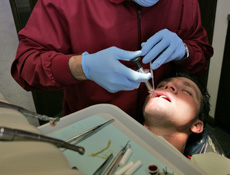
Oral & Maxillofacial Surgery
Oral and maxillofacial surgery comprises a range of dental procedures that treat the craniomaxillofacial complex. This dentistry specialty corrects a variety of diseases, injuries and defects that are typically centralized in the head, neck, face, mouth, jaws and the hard and soft tissues of the oral and maxillofacial region.
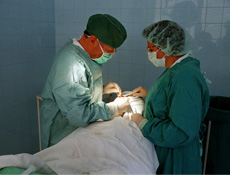
Oral Surgery
The ADA recognizes oral surgery as a dental specialty that requires advanced post-graduate training. An oral and maxillofacial surgeon performs procedures to treat injuries, defects or diseases in a patient’s mouth, jaw, face, head and neck.
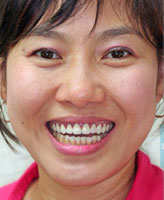

Root Canals
Damaged teeth used to be extracted, but these days, many decaying teeth can be saved through a root canal. Discover the basics behind this technique.
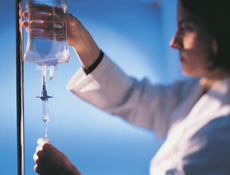
Sedation Dentistry
Sedation dentistry is an approach to dental work that focuses on reducing patient anxiety, discomfort and pain. It can be used for procedures as simple as a cleaning or as complex as oral surgery. Dentists can minimize the discomfort of treatment for most individuals through the administration of appropriate medications.

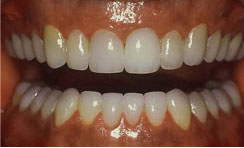
Smile Makeover
A smile makeover can be as simple as a high-powered professional teeth whitening session or as complex as veneering all your visible teeth. A cosmetic dentist can offer you treatments for fixing a variety of dental flaws from crooked teeth to gaps, cracks or stains that are blemishing your smile.
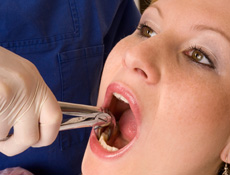
Teeth Extraction
The process of teeth extraction dates back as far as the practice of dentistry. At one time, it was the only solution available for severe, chronic tooth pain.


Composites & Tooth Bonding
Composites can improve your aesthetic image by changing the color and/or shape of your teeth.


Veneers and Lumineers
Porcelain veneers are thin pieces of specially-shaped porcelain that are bonded over the front of your teeth.


Teeth Whitening
Professional teeth whitening is ideal for patients who have healthy, unrestored teeth (no fillings) and healthy gums who would like a brighter smile.
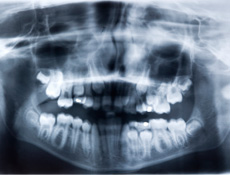
X-rays
Dental x-rays are an essential component of modern dental treatment. They allow dentists to identify cavities, evaluate bone loss from gum disease and plan extensive procedures from dental implants to wisdom tooth extraction.
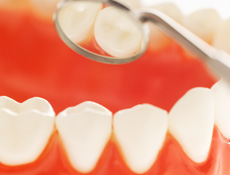
Sealants
Lifting weights makes your muscles stronger so your body can stay healthy and burn calories more effectively. While your teeth can’t lift weights, there are ways to make them stronger. One example is the use of dental sealants, which are a protective coating applied to teeth that can commonly experience decay. Here’s what you should know about dental sealants.
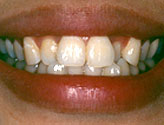
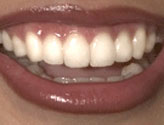
Braces
Orthodontic work can mean the difference between crooked teeth and a beautiful smile. Here’s a brief overview of what to expect.


Tooth Shaping & Contouring
If you have a tooth that’s chipped, your dentist can easily fix it. Read on for all you need to know about tooth shaping and contouring.

Laser Dentistry
Laser dentistry is one of the more recent advances in dental cosmetics and oral surgery technology. Most people are familiar with laser tooth whitening devices. However, the FDA has now approved laser equipment from various manufacturers for over 20 different applications in the field of dental care.
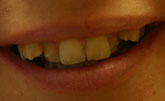
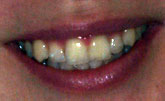
Invisalign®
Crooked, improperly spaced, and overlapping or crowded teeth can all be treated with Invisalign. Learn about this popular orthodontic treatment.

Holistic Dentistry
A growing number of patients are seeking alternatives to conventional dentistry. Find out more about holistic dentistry.
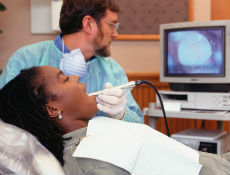
Computer Assisted Ceramic Reconstruction (CEREC)
CEREC technology is a computer-aided design and manufacturing (CAD/CAM) system that provides dentists with in-office tools for creating same-day crowns. The system consists of an image acquisition center (camera), software for designing the dental restoration and a separate milling unit to carve the restoration from a ceramic or composite block.
Learn more about computer assisted ceramic reconstruction (cerec)
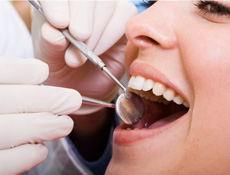
Dental Cleaning
Professional dental cleanings are a procedure for removing plaque, tartar and stains from the teeth. Dental cleanings are an important tool in maintaining oral health.

Orthognathic Surgery
Orthognathic surgery comes from the Latin term for “straight jaws.” This surgery practice involves correcting jaw issues that arise from injury or misalignment while your jaw bones are growing. Surgery is recommended only when conservative methods have not or cannot correct your jaw misalignment.
